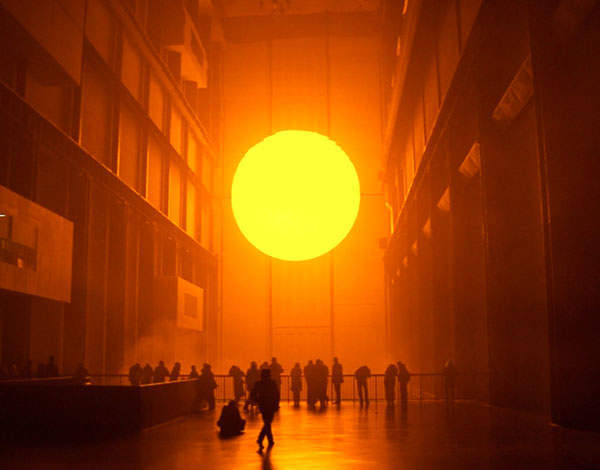

A new bridge across the iconic Turbine Hall, linking existing galleries with a new building, is symbolic of a new sponsorship deal between Hyundai and the Tate Modern. The gallery’s director Chris Dercon told Spear’s: ‘Building bridges is a very beautiful image for sponsorship because it enables people to connect and to use that bridge in a different way; you can go back and forth with a bridge, you can go slow and fast.’
The major new long-term partnership, set to last until 2025, was announced this morning. Speaking at the press launch Secretary of State for Culture, Media and Sport Maria Miller praised the deal, saying ‘private sector support for art is vital’ and identifying the ‘potential mutual support it can bring’ for Hyundai and Tate, the latter known as ‘one of the best loved brands in the world’.
Eusiun Chung, Vice Chairman of the South Korean chaebol, echoed the sentiment saying Hyundai wanted ‘to be a brand that is loved by people the world over’, marking art and cars as two traditional industries and using the metaphor of a needle and thread working in partnership.
Read more on the Tate and Tate Modern from Spear’s
To mark the start of the new partnership, Hyundai has joined forces with Tate’s Asia Pacific Acquisitions Committee to support a major acquisition for Tate’s collection, dramatically improving the museum’s holdings of art from Asia. The acquisition consists of nine key works by the renowned South Korean artist Nam June Paik (1932-2006).
Tate director Nicholas Serota was keen to emphasise that ‘in no sense have any of the exhibitions at the Tate been determined by sponsorship’, stating ‘We’ve shown Korean artists here long before receiving this sponsorship from Hyundai and we will look across the world and we will always look independently of sources of finance.’
Read more on art and collecting from Spear’s
Nonetheless, the acquisition of Nam Junes Paik’s work as a direct result of Hyundai’s sponsorship and the rhetoric from the Maria Miller will raise eyebrows.
However, Dercon was unapologetic: ‘You’re only good at finding private money if you have sufficient public money. The enthusiasm from corporate donors is incredible.
There are many different levels -it’s not true that the corporates only come for David Bowie or Damien Hirst, they really want to be part of the Tate family, not just associate with art in terms of an artist’s name.’
Fittingly the press conference moved along to the new jewel in the Tate Modern’s crown as the world’s most visited contemporary art space; the newly built bridge across the top of the Turbine Hall. Set to open in 2016, it has been designed by Herzog & de Meuron to join the existing galleries on level 4 of Tate Modern to the new building being developed to the south.
According to Serota this project will transform Tate Modern, with the Turbine Hall now being both the’ literal’ as well as the ‘symbolic heart of the building’. The coming decade will reveal how Tate Modern interprets such new perspectives.






